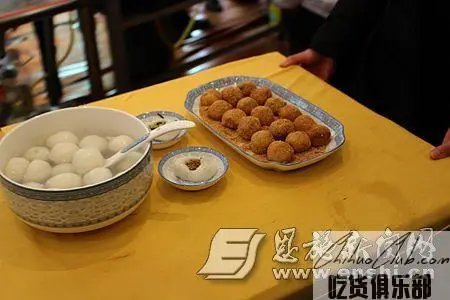enshitujiazumiaozuzizhizhou snacks

"Qian Tang Yuan" is well known in Icheon, and has a history of 100 years. Since 1914, Qian Mingyi’s great-grandfather cooked dumplings along the street in Lichuan. His dumplings are not rotten, not stuffing, no soup, nourishing sweet, smooth and soft, and gradually formed a good market in Lichuan’s snack market. Consumer word of mouth. Because local residents eat rice dumplings, there is a habit of encapsulating copper coins or coins as auspicious stuffings into the dumplings (meaning “Golden Jade Manchu”), and the operator’s surname is money and is affectionately called “Qian Tang Yuan”.

Camellia soup, commonly known as “tea soup”, is one of the most representative food cultures of the Tujia people in the border areas of Hubei, Hunan and Guizhou. Its production method is a traditional handicraft technique, and it is a traditional cultural expression closely related to people's diet and life. Laifeng oil tea soup is not only very elaborate, but also can warm the body in winter, cool off in summer, refreshing and refreshing, and hunger and hangover. It is a traditional snack that Tujia people love very much. In Laifeng County, where the Tujia culture is strong, drinking oil tea soup has a long history of customs. It is quite popular among Tujia people. There is a saying that “Don’t drink oil tea soup, and it is powerless to panic”, Tujia’s oil tea soup and Mongolian milk tea, Tibetan The butter tea is also called the three traditional teas.

Tujia sesame cake is the slag cake. The history of the slag-burning cake can be traced back to the Spring and Autumn Period and the Warring States Period. The tribes of the Enshi Tujia, located in the Chu State, became the tributes of the Tujia savory tribute to the Chu King, and were received by the Chu King and the palace ministers. Great appreciation and preference, is a traditional tribute of the Tujia people. This sesame seed cake has become an indispensable food for the Enshi Tujia and Miao people.